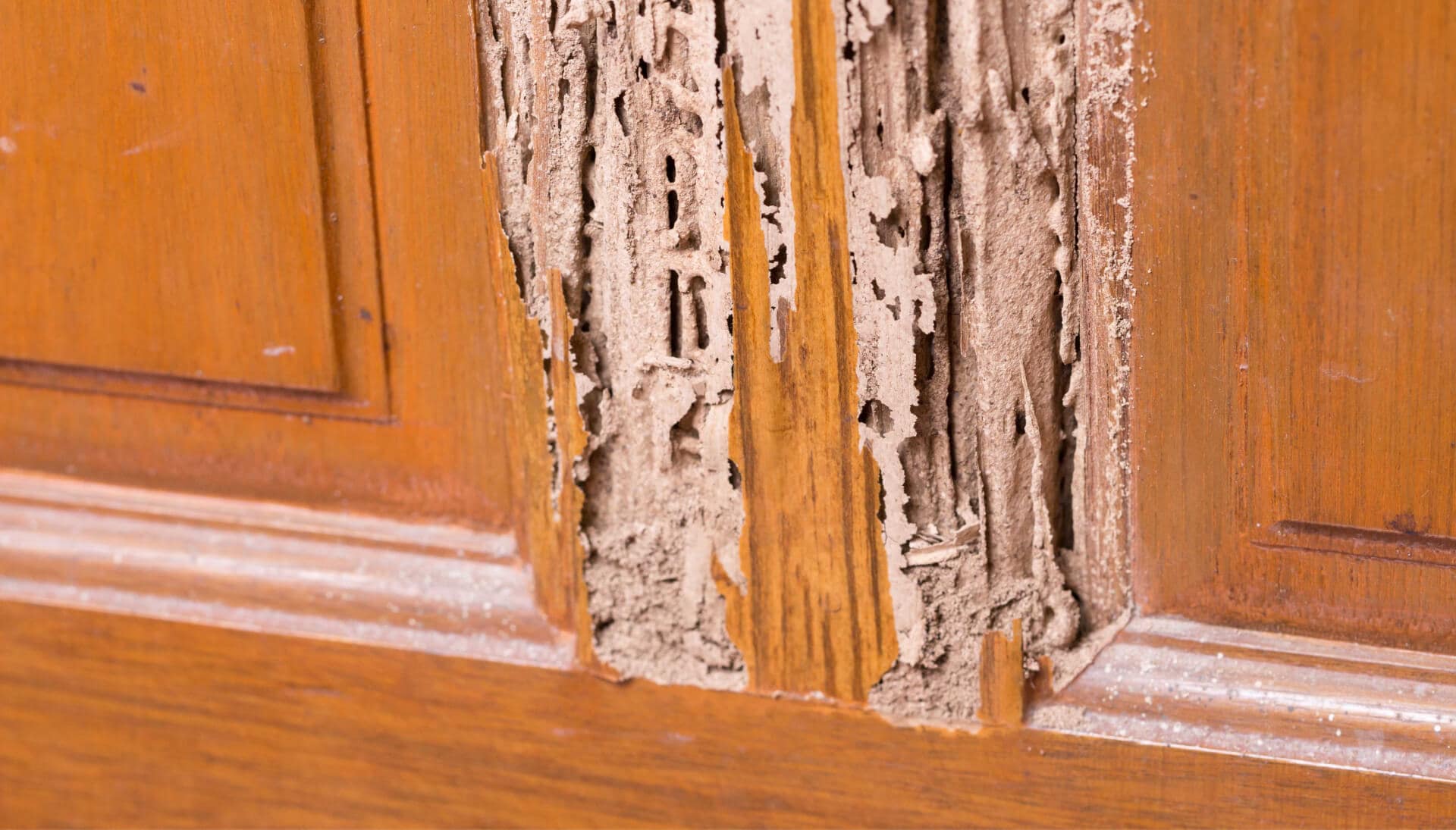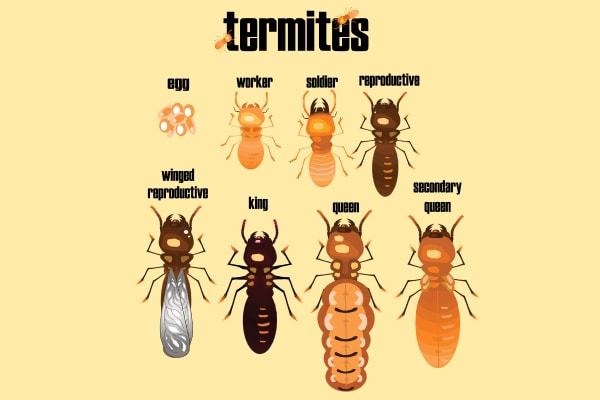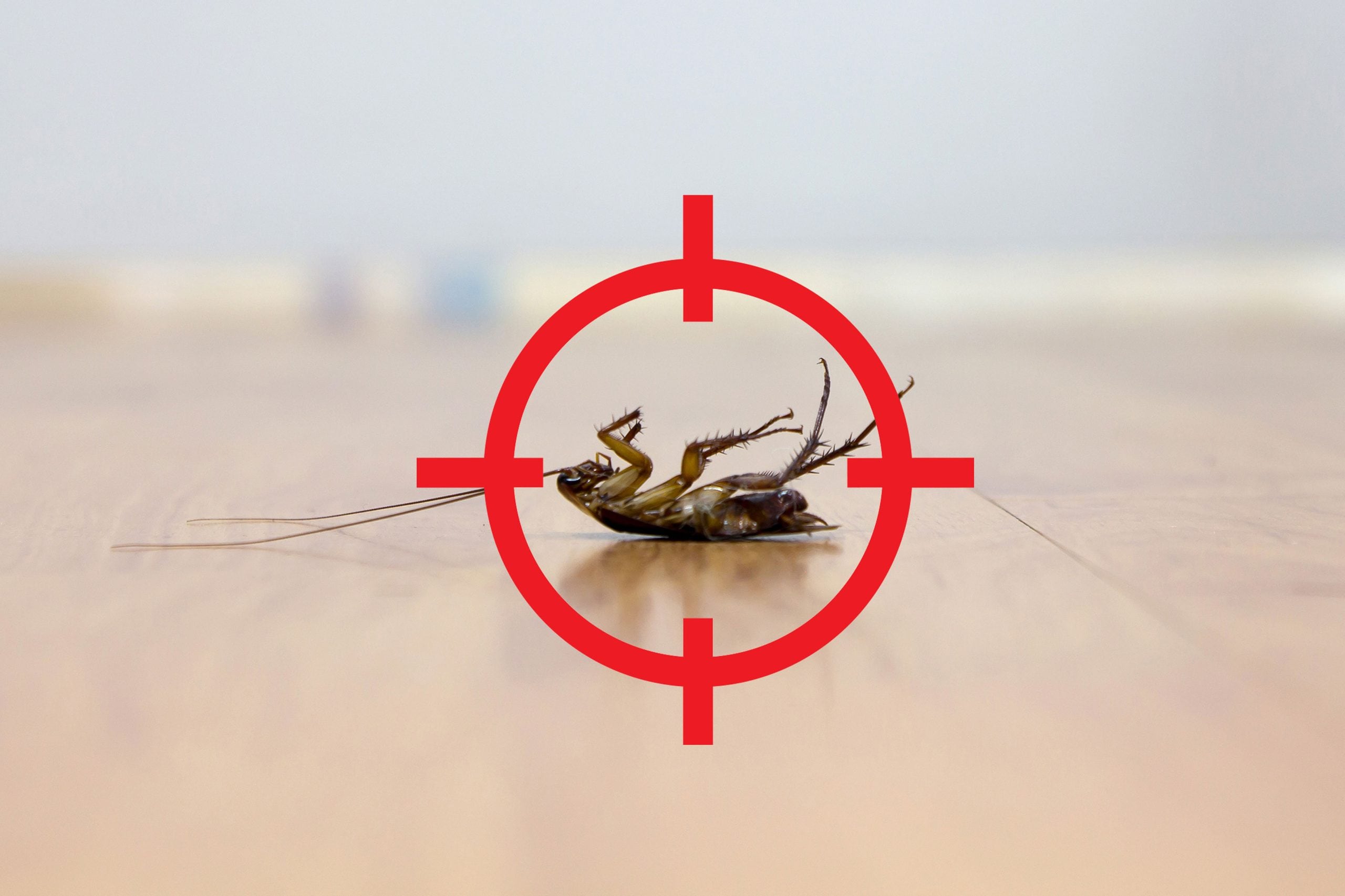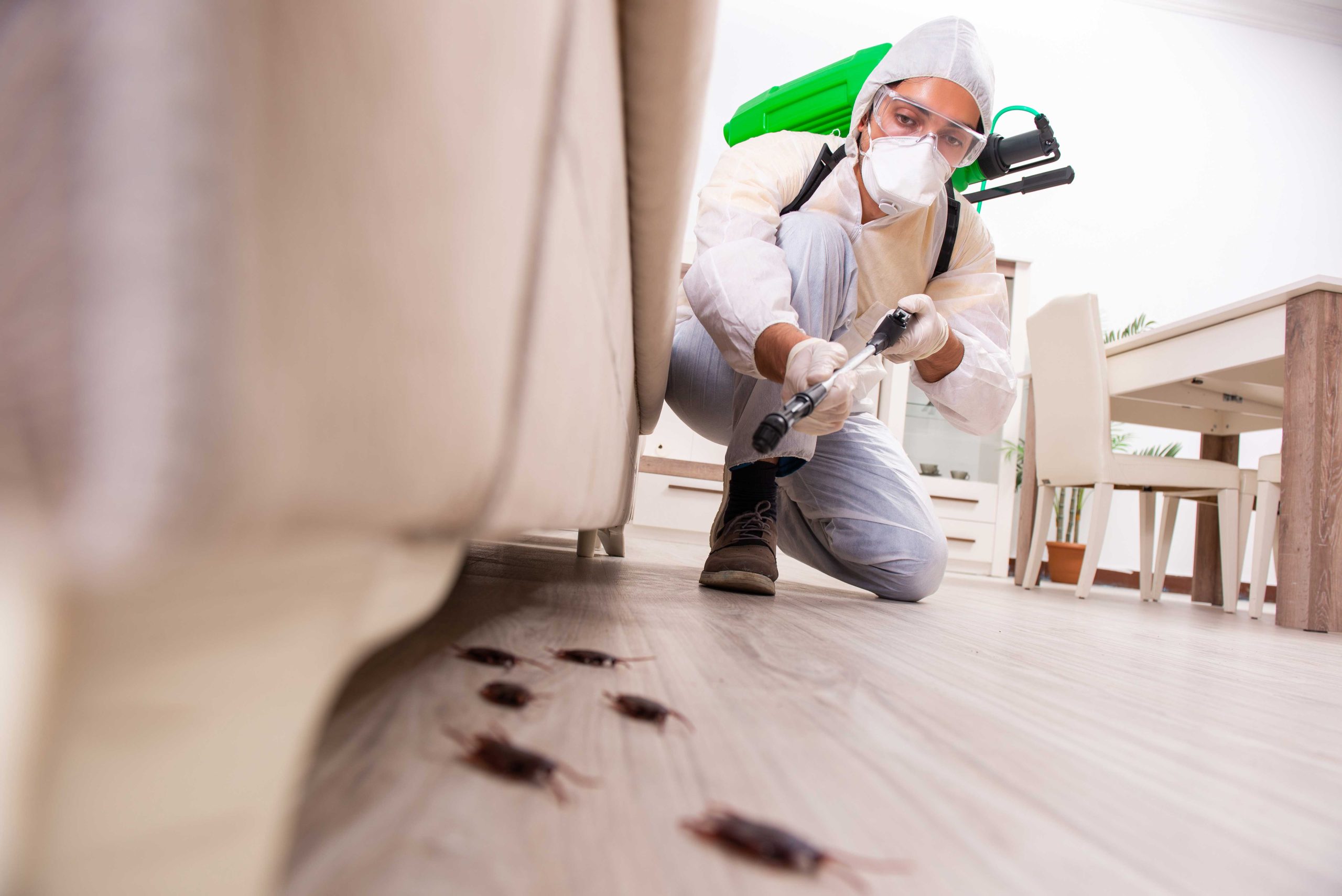About Summer Capital Termite Co
Providing termite inspection Long Beach, New Jersey locals depend on!
One of the worst issues any household can experience is termite infestation. These silent destroyers slowly and gradually chew through your wallpapers, flooring, and wood. Fortunately, our professionals can help eliminate the problem regardless of the damage extent and severity. Summer Capital Termite Co has a history of successful Long Beach termite control cases. Because termite infestation is pretty common in the US, thousands of customers have reached out to us till now for help. We have dealt with mild to moderate and severe cases and haven’t failed to please our customers. Our professionals inspect the termite damage severity and use a suitable solution to control pests. We blend Integrated Pest Management (IPM) with our unique termite control techniques to remove termites. Our goal doesn’t focus solely on termite elimination. Instead, we aim to identify the root cause of the problem. For instance, your home structure may have cracks or locked moisture that could be encouraging termite growth. Having treated a plethora of cases in the past, our termite inspection professionals seek to eliminate the problem source. This prevents termite growth in the future. We also detect the termite type and take preventive measures accordingly. The diet, affect, habitat, and prevention techniques of different termite types vary significantly. As such, a single treatment method doesn’t work for all. Our skilled team at Summer Capital Termite Co of Long Beach determines the termite infestation type and takes preventive measures accordingly.
Request a Quote
Termite problems in Long Beach
Every homeowner styles their property to fit their unique tastes. From quality flooring to trendy wallpapers and cozy bedding to silky drapes, we take steps to make our home a haven. Beyond that, we take measures to keep our home tidy and hygienic. While these steps help us create a peaceful home environment, a few unexpected events cause unwanted troubles for us. One such problem that tops the list of annoying issues that Long Beach homeowners face is termites. It wouldn’t be wrong to consider it a terrible nightmare for families. You might have spent thousands of dollars installing top-notch wooden doors, windows, and furniture. But unfortunately, the notorious termites take only a few hours to cause structural damage. Even worse, once your home gets exposed to termites, they continue to form colonies, and the structural damage caused by them is often irreparable. Nonetheless, recognizing termite infestation at the right time helps you save your money. As soon as you spot termites in your home, you must get in touch with a professional termite exterminator in Long Beach, New Jersey to mitigate the problem. We are one of the reputable termite inspection providers in Long Beach. Our experts access the termite damage extent and design an appropriate action plan to prevent the problem. We aim to treat the current termite problem and offer genuine solutions to keep your home from pest infestation in the future.
5 things you must know about termites
Termites are active in warmer climates
Termites are more active in rising temperatures than in colder climates. This is because they work during the hotter months of the year to store food for winters. This indicates they are a year-round threat to areas that experience warmer climates throughout the year. For instance, you are at risk if you live in the southern states. However, note that the National Pest Management Association tells us that this pest exists in every region of the US. Therefore, your home isn’t ruled out entirely. Regardless of how well-maintained your property is, you must be vigilant about infestation. One of the best ways to identify the problem is to inspect your home time and again. Because they have an ability to remain hidden, they aren’t easy to spot until you stumble across visible damage. However, knowing their bodily structures and learning more about their habits can help you identify them early on.
Termites leave warning signs
While termites are notorious for being destroyers, they are also ill-famed for being sneaky. You could be facing a problem for days, but you wouldn’t even know it. Nonetheless, regardless of how stealthy they tend to be, they leave a few warning signs. Any savvy homeowner can spot them; slight diligence is required, however. Here are a few symptoms of termite infestation.
- The wooden structures would produce hollow sounds on tapping them.
- Your paint and walls would appear bubbly and cracked
- You’ll come across a swarm of winged insects around your house, typically outdoors – near the light
- Lastly, you’ll observe mud tubes on crawl spaces, walls, and wooden structures
Simple termite prevention steps can help
In the event of termite infestation, there’s nothing better than getting in touch with a professional termite exterminator in Long Beach, New Jersey. They know how to handle the job and will take a few hours to eliminate the problem. However, you can take a few steps to protect your home (more on the topic below). Simple precautionary measures include.
- Keeping downspouts and gutters free of clutter, dirt, and debris, the healthier the environment, the lower the chances of pest infestation.
- Keeping lumber and firewood away from your property
- Installing exterior vents and screens
- Eliminating moisture by fixing leaks
Termites are not deadly, but dangerous
Many individuals question if termites are deadly. While soldier termites have the capability to bite humans, they’ll do so only if handled carelessly. Therefore, termite removal is best left to professionals. Essentially, these pests bite wood and other cellulose materials. They also may attack other insects but rarely have any human attacks reported yet. Even if they bite, their sting isn’t life-threatening. Simply put, they are dangerous but not deadly. Harmful in a way that they damage your home materials, and delaying their removal might destroy your belongings beyond repair.
Termites have sense organs and use vibration to communicate
Termites consist of sense organs at the base of their tibiae and antenna. These help them feel vibrations, allowing them to select food sources they want to infest. For instance, the sense organs help them feel the vibroacoustic signals of wood pieces. Additionally, they use vibrations to exchange messages. As soon as the soldier termites sense a threat, they bang or tap their heads against the surfaces. This action produces vibrations and alarms the entire colony. Consequently, the insects take action to prevent themselves from getting attacked.
How to prevent termite damage in your Long Beach property?
Taking early steps to keep termites out of your home is way better than trying to eliminate them after infestation. The United States Environmental Protection Agency (EPA) shares tips to make your home less vulnerable to termites. During construction:
- Leave ventilation space between wood and soil and consider using a concrete foundation.
- Enclose open wood surfaces using a metal barrier or sealant.
After construction:
- Keep the soil surrounding your Long Beach home dry through a proper drainage system. This includes maintaining downspouts and gutters.
- Keep plants and vents free from unwanted obstruction.
- Do not grow shrubs and trees too close to your home. Also, avoid exposing wood surfaces to plants.
- Eliminate openings that allow termites to access your home. This might require you to fill in the cracks.
Further, the National Pest Management Association also shares guidelines to prevent termite infestation during the spring season.
- Inspect your Long Beach home for mud tubes, rotting wood, damaged structures, and visible termite existence.
- Nothing attracts termites more than water. So, make sure you remove moisture sources to limit the chances of their presence.
- Avoid stacking piles of firewood closer to your home. Also, if you’ve bought some and want to keep them closer to your property, do not forget to inspect them for termites. Otherwise, you might be introducing termites to your home yourself.
- Consider discarding old grade stakes and boards from your property as they might encourage termite growth.
- On spotting visible termite infestation signs, call a licensed professional organization immediately.


What are termites?

Termites: A Comprehensive Guide
Introducing the Destructive Denizens of the Soil
Termites are social insects that live in colonies and feed primarily on wood. Found worldwide, these destructive pests pose a severe threat to homes, businesses, and other wooden structures. Understanding their behavior and knowing how to prevent and eradicate them is crucial for safeguarding your property.
Anatomy of a Termite
Termites are typically small, pale-colored insects with soft bodies. Their heads house large mandibles for chewing wood, and they possess six legs and two antennae. Their abdomens are broad and contain their digestive systems.
- Castes: Termite colonies have different castes, each with specific roles. Workers, the most numerous caste, gather food and build the nest. Soldiers defend the colony from predators. Reproductives, including kings and queens, produce new members of the colony.
- Gut System: Termites have a unique gut system that allows them to digest cellulose, the main component of wood. They rely on symbiotic microorganisms to break down cellulose into sugars, which they then absorb as nutrients.
- Exoskeleton: Like many insects, termites have an external exoskeleton made of chitin. This hard outer shell provides protection and supports their body.
Hidden Danger: The Biology of Termites
Termites are highly adaptable creatures with complex social structures and foraging habits. They prefer to reside in warm, moist environments and are particularly attracted to damp wood or soil.
- Colony Size: Termite colonies can range in size from a few hundred individuals to several million, depending on the species. They build extensive nests underground, in wood, or in other protected locations.
- Swarming: During certain times of the year, winged termites called alates swarm from the nest to find mates and establish new colonies. These swarmers are often mistaken for flying ants.
- Foraging and Feeding: Termites forage for food in soil or wood, using their mandibles to chew and digest cellulose. They can cause significant damage to wooden structures by hollowing them out from within.
Signs of Termite Infestation
Detecting a termite infestation early is crucial to prevent extensive damage. Here are some common signs to watch out for:
- Mud Tubes: Termites build mud tubes to travel from their nest to a food source. These narrow, pencil-sized tubes are often found on foundations, pipes, or other surfaces near wood.
- Discarded Wings: Alates shed their wings after swarming. Finding discarded wings near windows, doors, or building perimeters can indicate termite activity.
- Wood Damage: Hollowed-out wood, especially around windows, doors, or baseboards, may be a sign of termite damage. Tapping on the wood may reveal a hollow sound.
- Swarmers: Witnessing winged alates swarming from a structure or finding dead swarmers near windows or doors is a clear indication of an infestation.
- Other Signs: Other potential signs of termite infestation include wood that crumbles or sounds papery when touched, sagging floors or ceilings, and damp, musty odors.
Combating Termite Infestations
If you suspect a termite infestation, immediate action is essential. Contact a licensed pest control professional for an inspection and treatment plan.
- Termite Inspections: A thorough inspection by a professional is crucial to determine the extent of the infestation and identify the type of termite involved.
- Treatment Options: Various treatment options are available, including chemical barriers, baits, and fumigation. The most appropriate method depends on the severity of the infestation and the structure’s characteristics.
- Preventative Measures: Once an infestation is treated, implementing preventative measures is vital to prevent future problems. These include sealing cracks and gaps in the foundation and walls, removing wood-to-soil contact, and eliminating moisture sources.
Conclusion
Termites are relentless pests that can inflict severe damage on wooden structures if left unchecked. Understanding their biology, identifying signs of infestation, and taking prompt action are essential for safeguarding your property. By partnering with a reputable pest control professional and implementing preventative measures, you can effectively combat termite infestations and protect your valuable investments. Remember, early detection and intervention are key to minimizing damage and preserving the integrity of your structures.

Let’s look at some exciting termite facts to learn more.
- Mature termite colonies include 60,000 to 1 million termites. Nonetheless, this can differ depending on the termite colony type.
- The king and the queen hold a prominent position in termite colonies. However, the colonies aren’t limited to these; several other castes include workers, reproductives, and soldiers.
- When a reproductive termite wants to reproduce, they grow wings and fly away for mating purposes. This gives birth to a new colony.
- The female and male termites are called “swarmers” and “alates.”
- Alates typically have wings that go missing in soldiers and worker termites.
- 50 out of the 2750 species of termites are found in the United States. Among them, 20 are infamous for causing structural damage to properties.
Getting in touch with a professional termite company
While preventive measures beforehand offer an excellent way to avoid the vexing pest infestation issue. If you fail to protect your home, there’s nothing better than contacting a termite treatment company in Long Beach, New Jersey . Our Long Beach termite removal professionals are skilled at termite elimination. They spot the visible and hiding termite on your property and carefully handle its removal. Slight negligence during termite elimination might damage the structures further. Our expert team, however, manages the entire process cautiously. This minimizes structural damage and lowers the risk of termite spread in your home. We also identify the source of termite infestation and share tips to protect your property from pests in the future. Contact us to speak with one of our contractors and get Long Beach termite treatment today!
Contact Us Today